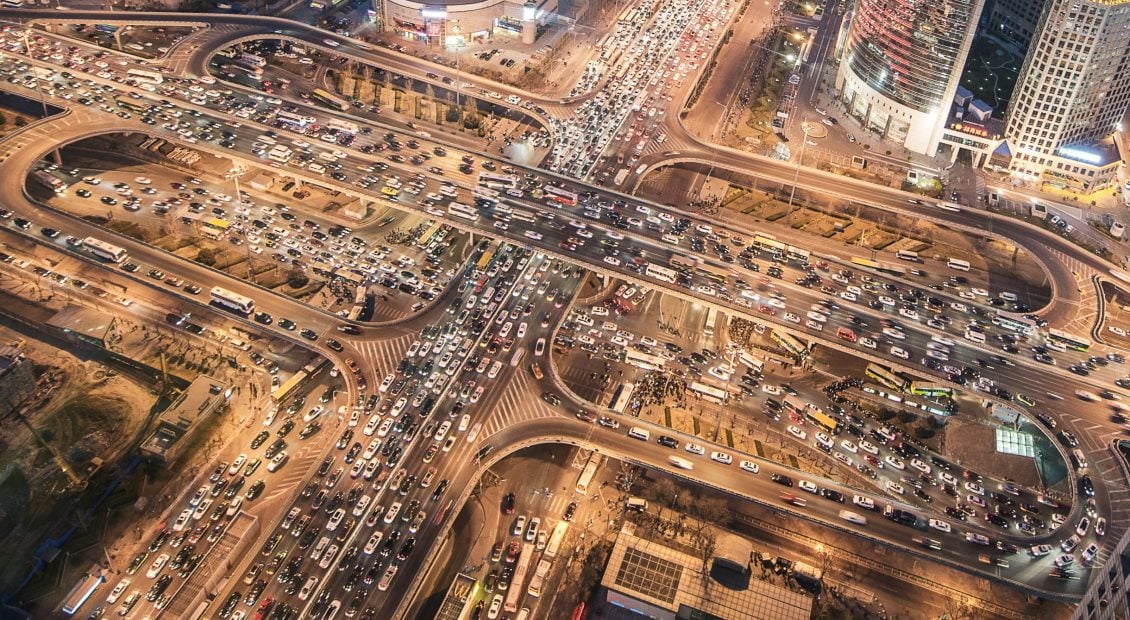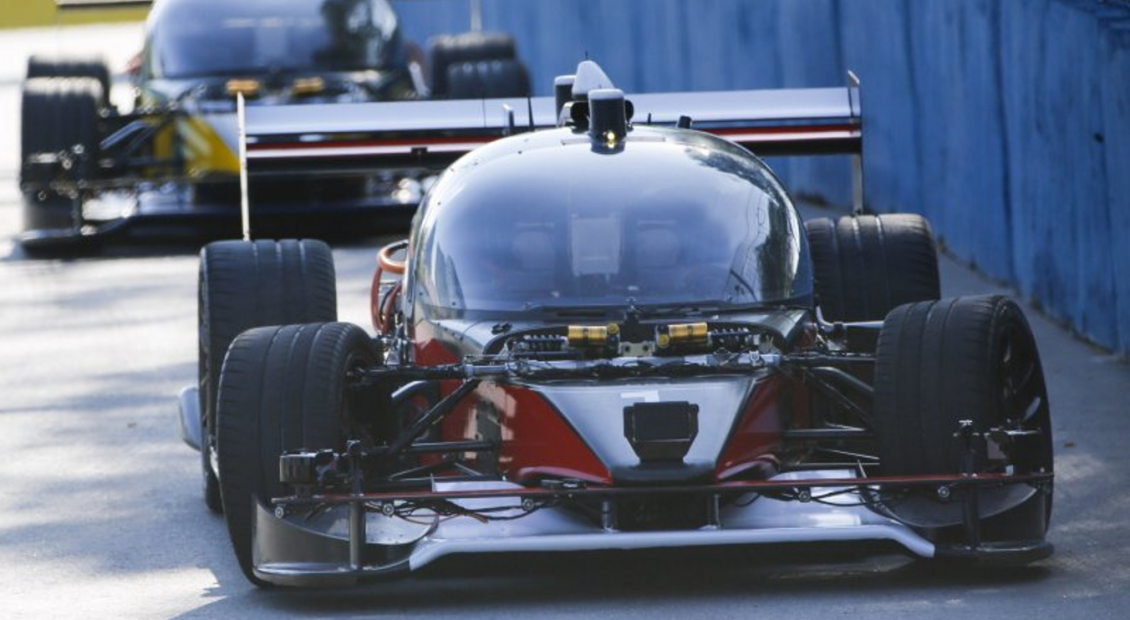
Can telcos help cities combat congestion?
How telcos can partner with disruptors and innovators, such as Uber, Bird and Lime, to carve a role for themselves in urban travel and address the myriad challenges facing cities.


How telcos can partner with disruptors and innovators, such as Uber, Bird and Lime, to carve a role for themselves in urban travel and address the myriad challenges facing cities.

Uber and Tesla are at the forefront of a new age of personal transportation in which wireless connectivity will play a major role. Both of these disruptors could be important partners for telcos, while offering lessons about consumer engagement, relationships with regulators and strategic thinking.